-

The hand dissected
-
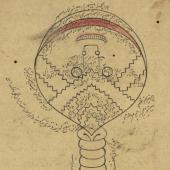
Early images of the body
-
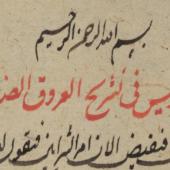
Galen's works, centuries on
-
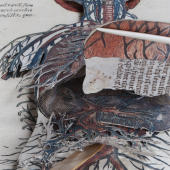
Vesalius changes how we see ourselves
-
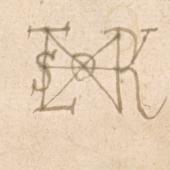
Vesalius's dissection imagined
-
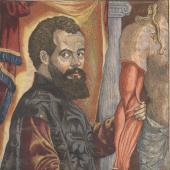
Vesalius as anatomist
-
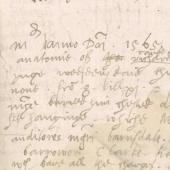
Recording a dissection
-
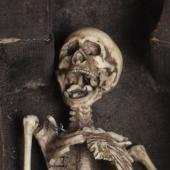
Seeing the body in 3D
-
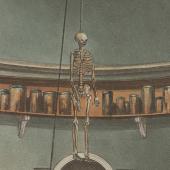
Anatomy theatre
-
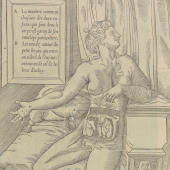
Who draws the pictures?
-
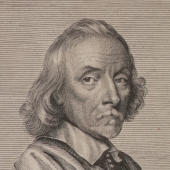
The generation of living creatures
-

Seeing the brain
-
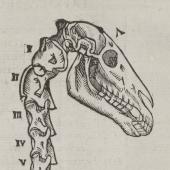
Skeleton of the horse
-
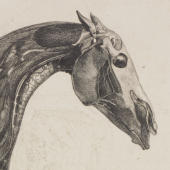
Stubbs's horse
-
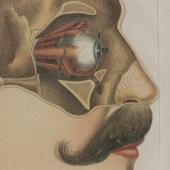
Unfolding the human head
-

The tools of the trade
Illustrating anatomy: understanding the human body
Lines of thought
Anatomy has been studied in Cambridge for at least as long as there has been a University Library. Over time, representations of the human body have changed dramatically, reflecting developments in our understanding of its workings and the significance of its form and structure. The most celebrated and revolutionary texts in the history of anatomy, Andreas Vesalius’s 1543 De fabrica and its companion Epitome, set a new standard in book illustration and helped to place dissection at the heart of anatomical and medical practice. Their impact was rapidly felt in Cambridge; the earliest surviving record of a public dissection in England describes one at Magdalene College in 1564/5.
The challenges of communicating the multilayered three-dimensional structure of the body through a flat printed surface were, and remain, considerable. Vesalius’s successors moved beyond the printed page and created models and tools that brought anatomy to life. In the University today anatomy is taught via a combination of practical dissection and the use of teaching aids prepared specifically to demonstrate certain anatomical structures, reflecting a centuries-long debate about whether it is better to learn by doing or observing.
Subject curator Anna Jones, Whipple Librarian in the Department of History and Philosophy of Science, discusses the material and ideas expressed in this theme in this specially commissioned film.
Vesalius’s remarkable Epitome is discussed by Cambridge Professor Sachiko Kusukawa in a free-to-download iPad app, which includes the whole text and its illustrations in zoomable images.